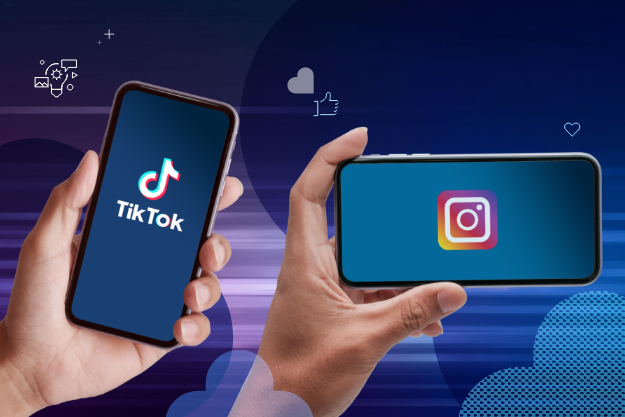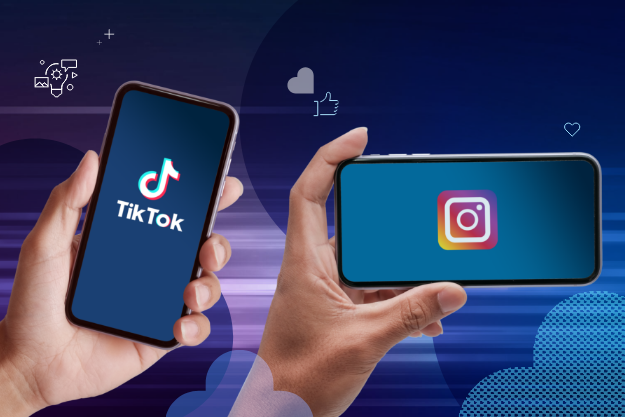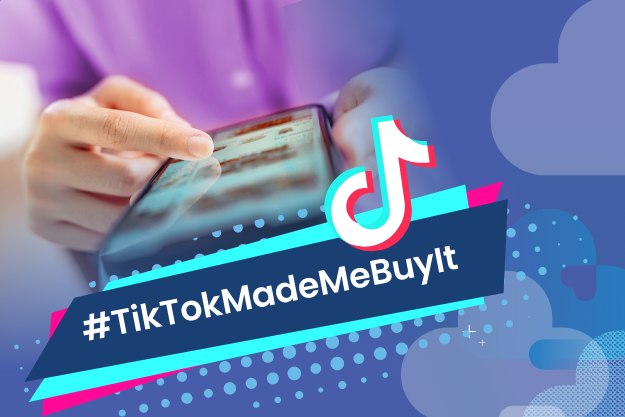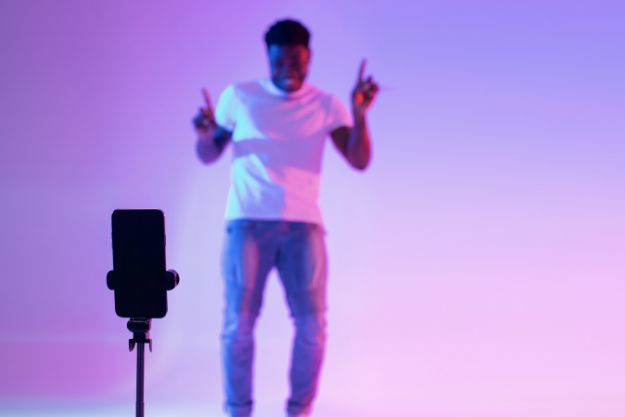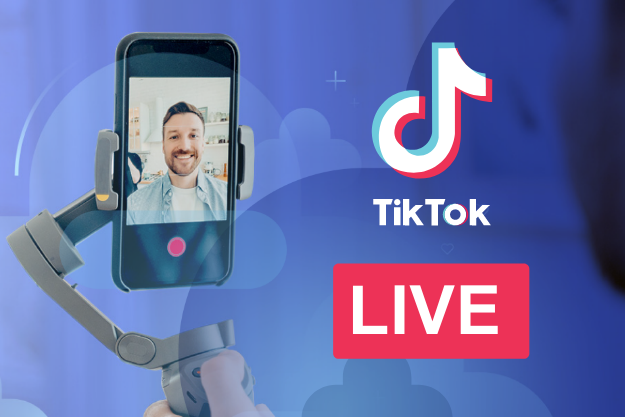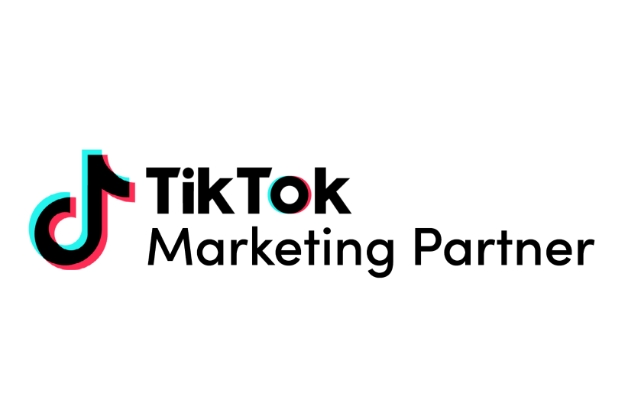Looking at social media trends heading into the second half of 2023, there’s no doubt that short-form video continues to be the biggest driver of social media success for brands. Those that pour resources into it — and do it well — are consistently seeing growth in their audiences as consumers engage with their content.
And the two biggest social media names in the short-video revolution — Instagram and TikTok — are battling it out for supremacy in the format. Both channels are highly effective at delivering brands’ short videos to consumers, but how do the results differ? And which one might be the better option for your brand to drive social media engagement?
As part of our recent report, “Unleashing the Power of Video: Key Trends Driving Social Media Engagement in 2023”, we dove into what the Emplifi data had to say, looking specifically at over 1,000 sister Instagram and TikTok accounts. In this article, we take a closer look at these findings.
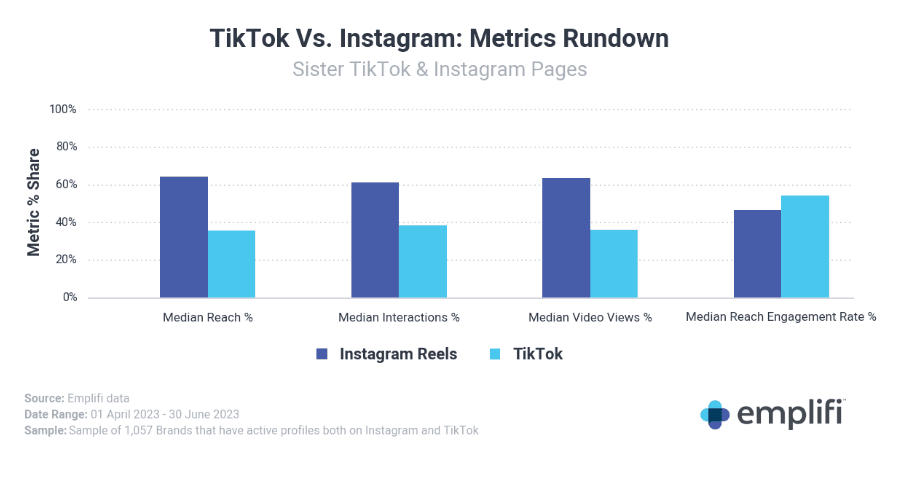
To maximize your social media reach, hit Instagram
While both channels have huge audiences, TikTok still has a ways to go to catch up with Instagram’s user base. However, despite only having been created in 2016, TikTok has soared past 1 billion monthly active user (MAUs) in 2023, passing established competitors like Twitter, Pinterest, and Snapchat along the way.
But even with that rapid growth, they’re still at less than half of Instagram’s 2.35 billion MAUs, with 2.5 billion expected by the end of this year, meaning they’re still in a pretty active growth phase.
That mammoth MAU base is one of the biggest factors in Instagram’s ability to consistently deliver massive reach for its users. When evaluating how much each network contributed to their overall figures in Q2 2023, Instagram easily outpaced TikTok on median reach (65% to 35%), median interactions (61% to 39%), and median video views (64% to 36%).
If TikTok’s rapid growth continues, those gaps could change in the coming years. Not everyone thinks it will, though. And if Meta’s new Threads app catches on, it could make Instagram even stickier for consumers since they can’t leave one without also leaving the other.
As long as Instagram has a huge advantage in MAUs, it’ll likely also hold the edge on overall reach. But TikTok reigns supreme in another area.
TikTok may give you more bang for your buck
Whereas Instagram flexes its MAU muscles to give brands more reach for their short-video posts, TikTok’s users may be more likely to actually engage with the content that they see on the platform.
When aggregating brands’ median engagement rates on both networks, TikTok comprised 54% of the total, whereas Instagram comprised 46%, demonstrating TikTok’s highly active user base that takes action more often on the content they see than Instagram users. That finding was consistent with other research as well, including some that shows TikTok’s per-post engagement rate being the highest among all channels examined. While both channels perform admirably when it comes to engagement, it seems clear that TikTok users are very much dialed into the content they’re seeing.
What does this mean for brands? It means that, while TikTok may still be behind when it comes to volume of MAUs, they make up for that somewhat by attracting a particularly engaged set of users. And that’s good news for brands. After all, it’s one thing for a channel to say “We’ll get your content in front of a whole lot of people.” It’s quite another to say “The people we get you in front of are likely to take action based upon what you share.” And that’s not the only metric where TikTok can shine if you know what to watch for.
What does this mean for brands?
If your brand is looking at Instagram and TikTok and trying to decide between the two when it comes to investing your video marketing dollars, there isn’t a simple and clear answer there. It’s a bit of a mixed bag.
You might say that Instagram is the choice for brands seeking more quantity in their audience eyeballs, while TikTok gives you more quality in terms of audience engagement. But so much of that is going to depend on the audience you’re trying to reach. If your brand wants to get in front of kids and teens, TikTok may be your best bet, as 25% of their active users are between 10-19 years old. But for the always-coveted 18-to-34 demographic, Instagram may have an edge with 62% of its audience being in that age group.
And while there’s value with Instagram in being able to easily cross-share posts, Reels, and Stories straight to Facebook, since they’re both owned by Meta, TikTok also makes it super easy to share and download videos from the platform in order to share wherever else you’d like.
The honest answer for most enterprise brands with an interest in executing a short-form video strategy on social media is that at least testing on both channels is likely a good bet, then adjust your attention in one direction or another as the analysis comes in. With the easily quantifiable benefits of both Instagram and TikTok when it comes to short-form video, there’s a solid chance these numbers suggest there’s value in putting the effort to use both.













